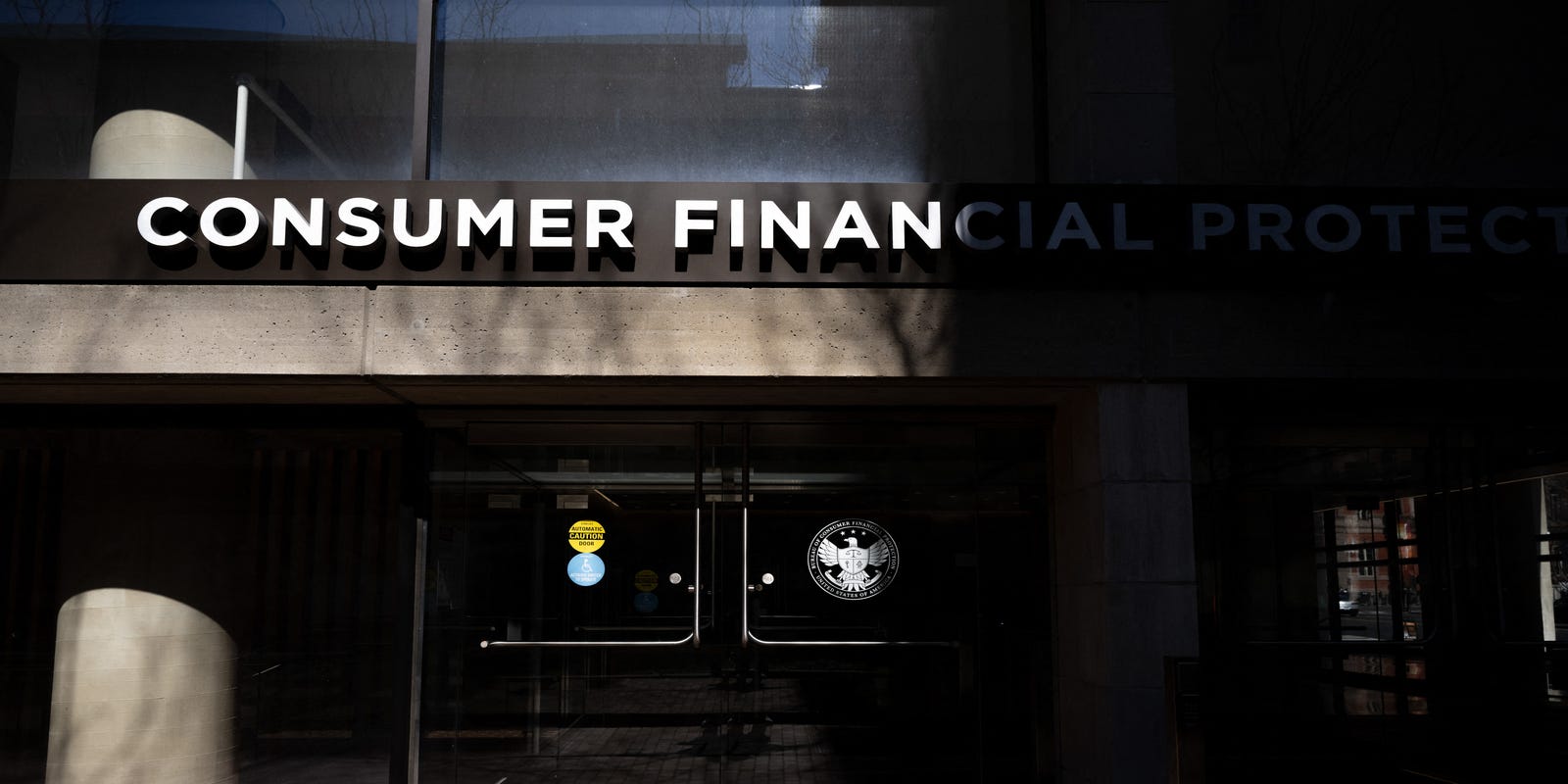Consumer Watchdog in Limbo: Trump's CFPB Freeze Sparks Nationwide Debate

The Consumer Financial Protection Bureau (CFPB) Faces Potential Overhaul: What Americans Need to Know
The Trump administration is setting its sights on a critical consumer watchdog agency that could dramatically impact millions of Americans' financial lives. The Consumer Financial Protection Bureau, established in the wake of the 2008 financial crisis, now stands at a crossroads of potential transformation.
Financial experts are sounding the alarm about the potential changes that could reshape consumer protections. At the heart of the debate is the agency's future role in safeguarding everyday Americans from predatory financial practices.
Key concerns include:
• Potential reduction in consumer financial protections
• Weakening of regulatory oversight for banks and financial institutions
• Possible limitations on the bureau's ability to investigate and penalize financial misconduct
Consumer advocates argue that any significant changes could leave everyday Americans vulnerable to unfair lending practices, hidden fees, and aggressive financial tactics. The stakes are high, with millions of consumers potentially impacted by potential regulatory rollbacks.
While the administration suggests the changes could reduce bureaucratic red tape, critics warn that these modifications might prioritize corporate interests over consumer safety. The ongoing debate highlights the delicate balance between financial innovation and consumer protection.
As the situation continues to evolve, Americans are advised to stay informed and understand how potential changes might affect their financial well-being.

